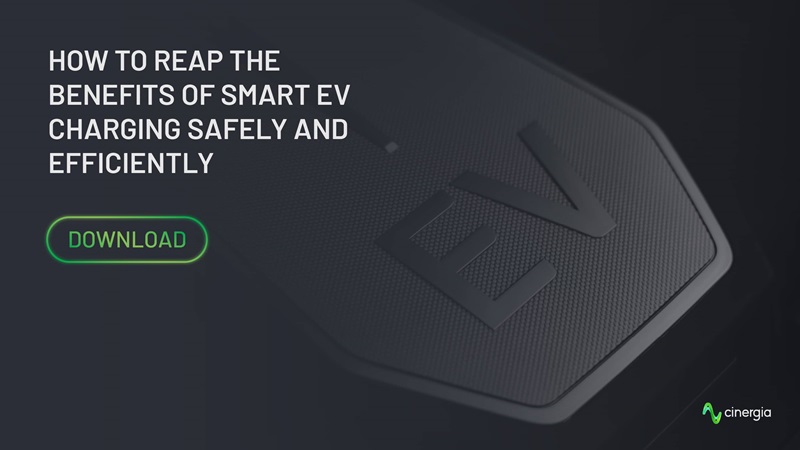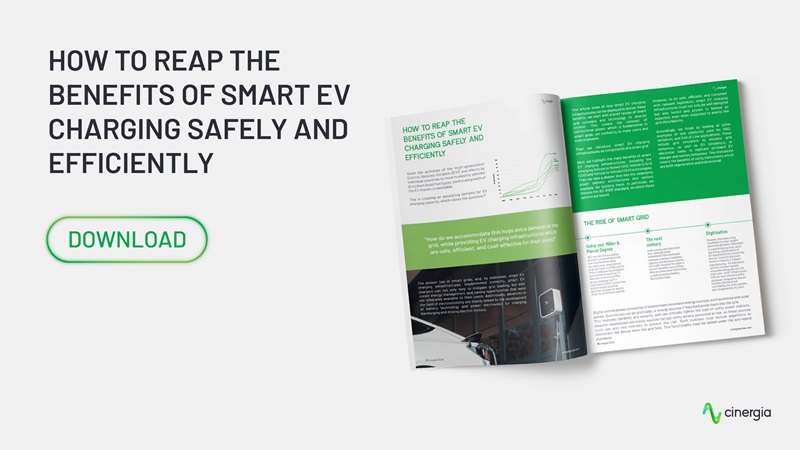whitepapers
07/05/2024
How to reap the benefits of Smart EV Charging safely and efficiently
Exploring the benefits and challenges of effective Smart EV Charging system deployment

Moving to electric vehicles (EVs) from fossil fuel types is creating an escalating demand for EV charging capacity. But, how do we accommodate this extra demand on the grid providing safe, efficient, and user’s cost-effective infrastructures?
Topics covered in the paper:
A brief review of Smart Grid concepts and technology
Smart EV charging infrastructures
Benefits of Smart EV Charging including V2H, V2G and V2V opportunities
Power delivery architectures and options available on IEC 61851 standard
Examples of test platforms used for R&D, validation, and End of Line applications

Withepaper extract
Given the activities of the multi-government Electric Vehicles Initiative (EVI) and efforts by individual countries to move to electric vehicles (EVs) from fossil fuel types, continued growth of the EV market is inevitable. This is creating an escalating demand for EV charging capacity, which raises the question:
“How do we accommodate this huge extra demand on the grid, while providing EV charging infrastructures which are safe, efficient, and cost-effective for their users?”
The answer lies in smart grids, and, by extension, smart EV charging infrastructures. Implemented correctly, smart EV chargers can not only help to mitigate grid loading, but also create energy management and saving opportunities that were not otherwise available to their users. Additionally, advances in the field of electromobility are mainly linked to the development of battery technology and power electronics for charging, discharging and driving electric motors.
This article looks at how smart EV charging infrastructures can be deployed to deliver these benefits; we start with a brief review of smart grid concepts and technology to provide context. This covers the concept of bidirectional power, which is fundamental to smart grids, yet confusing to many users and even engineers.
Then we introduce smart EV charging infrastructures as components of a smart grid.
Next, we highlight the many benefits of smart EV charging infrastructures, including the emerging Vehicle to Home (V2H), Vehicle to Grid (V2G) and Vehicle to Vehicle (V2V) technologies. Then we take a deeper dive into the underlying power delivery architectures and options available for building them. In particular, we discuss the IEC 61851 standard, on which these options are based.
However, to be safe, efficient, and compliant with relevant legislation, smart EV charging infrastructures must not only be well designed but also tested and proven to behave as expected, even when subjected to events like grid disturbances.
Accordingly, we finish by looking at some examples of test platforms used for R&D, validation, and End of Line applications. These include grid emulators to emulate grid behaviour, as well as EV simulators, or electronic loads, to replicate on-board EV charger and battery behaviour. This discussion covers the benefits of using instruments which are both regenerative and bidirectional.

Vous pouvez télécharger le dossier complet ici
TÉLÉCHARGERAutres articles
whitepapers
Redefining End-of-Line Testing: Efficiency and Precision with Cinergia Solutions
Discover how Cinergia Power Solutions brings flexibility, regeneration, and energy efficiency to End-of-Line testing for electric vehicles, batteries, and power electronics with a smart, cost-effective platform.

whitepapers
Enabling Zero-Emission Flight: Cinergia Powering the Future of Electric Aviation
Cinergia Power Solutions played a critical role in Dovetail Electric Aviation’s public demonstration of their hydrogen-hybrid electric propulsion system. Learn how our B2C+ regenerative power supply helped integrate and validate the entire drivetrain with precision and safety.

whitepapers
CINERGIA’s solutions for electromobility
CINERGIA has thorough experience in providing solutions for R&D, Functional and End of Line test in this field





